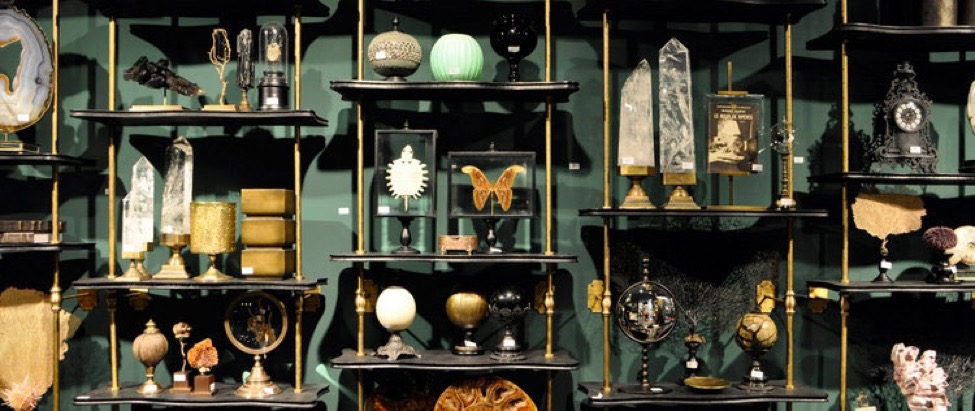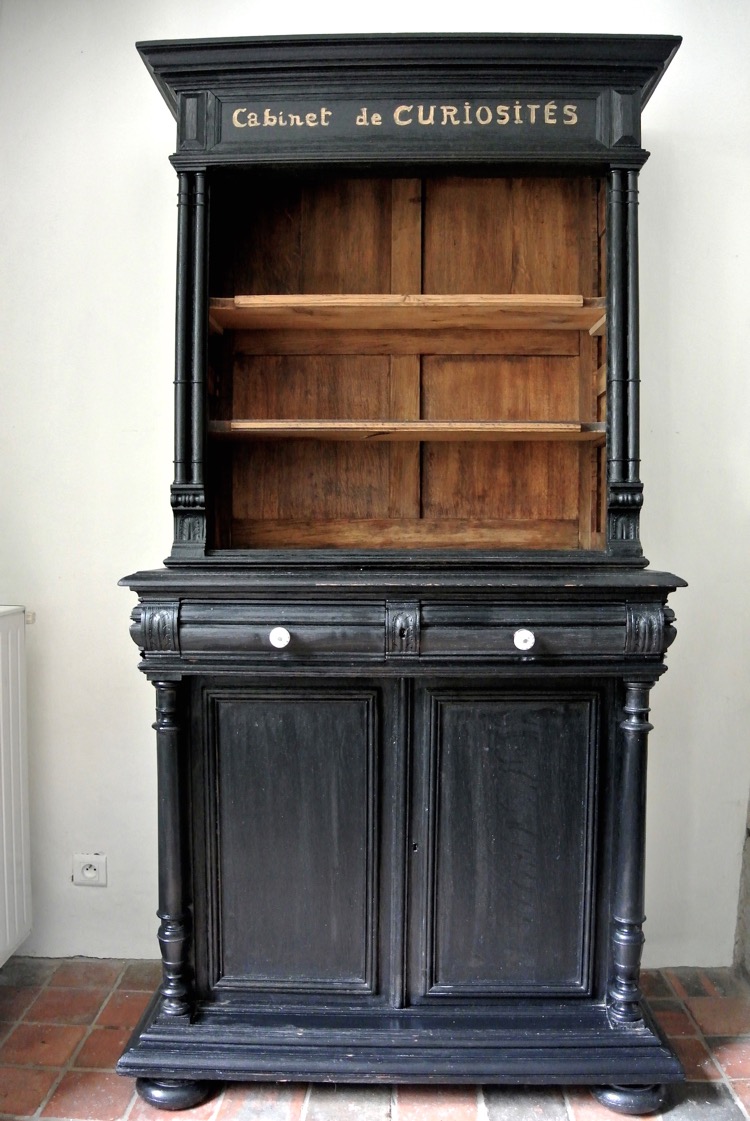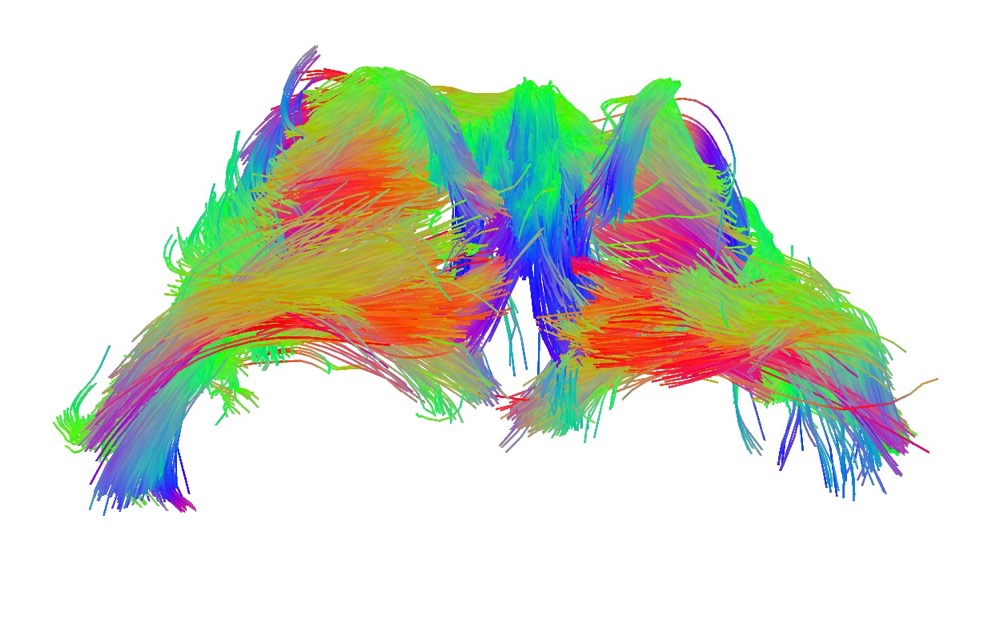Le Cabinet de Curiosités
last update: 3 March 2022

The "cabinets de curiosités" marked a step towards a more scientific apprehension of the world. Appearing during the Renaissance in Europe (studiolo in Italian, Wunderkammer in German), their collections, often open to visitors, subsequently formed the core of the museums and botanical gardens which gradually replaced them.
Thus, the Ashmolean Museum in Oxford opened in 1683, presenting the collections of the cabinets of the Tradescants, father and son, and those of Elias Ashmole. This clearly establishes the link between collections of specimens and scientific knowledge,
"Because knowledge of Nature is very necessary for human life,
for health and for the conditions which permit it,
and because this knowledge is not can so well find
and cannot be so usefully attained without knowing and deepening natural history;
and that for this purpose it is indispensable to examine specimens,
especially those which are of extraordinary constitution, or useful in medicine,
or which may be put to the service of industry or commerce:
I, Elias Ashmole, out of passion for this branch of knowledge for which I experienced the greatest pleasure,
which still remains true today;
cause for which I have also amassed a great variety of compound bodies and simple bodies,
and donated them to the University of Oxford […]".
In one description the "cabinets de curiosités" are presented as a disordered collection of pieces from the animal, vegetable and mineral kingdoms, with the aim is to show the diversity of the world.
Descartes wrote of a "curiosité si aveugle" (blind curiosity) that it would direct one's mind in unknown ways. Furetiére highlighted the difference between curiosity and scholarship. Those who are curious "desire to learn, to see good things, the marvels of art and nature" and he even used the term "sciences curieuses", the curious sciences.
Buffon warned 'collectors' against having no method, and against trying to understand and report on everything. He advised to use method as a convenience for studying, and a facility for learning.
Everyone agreed that the best "cabinets" where created by those passionate to learn, and not those passionate to collect.

For me, my collection is in my mind. Once it occupied a small corner, but as the years progress, it has taken on a life of its own, poking its way into my everyday existence. Always idiosyncratic, and always started with a simple Why? or an inquisitive How? Often associated with something visited or seen in passing. For me, today, curiosity is the colour of my brain!

And for those who are curious, this is a tractogram of the fornix, a bunch of nerve fibres in the brain.
So far my "cabinets de curiosités" consists of:-
History of the Châteaux de la Loire
Nobility in feudal Europe
An introduction to bridge
Olive trees and olives
A discussion on face recognition
An introduction to cyber warfare
The difference between pottery and ceramics
History of Buddhist temples in India
Visiting the Burj Khalifa
Did Leonardo build Chambord?
Dali Jewels
Guggenheim in Bilbao
La Sagrada Família
Altarpieces in the Prado
Where is Richard the Lionheart buried?
The new temples of wine
A hierarchy of Angels
Flying in an Airbus A380
Las Meninas - a symbolic labyrinth
Lunch in Del Cambio, Turin
The history of Rioja wine
Parma - home of Italian food,…
Just because my mind wanders, doesn't mean I'm lost…